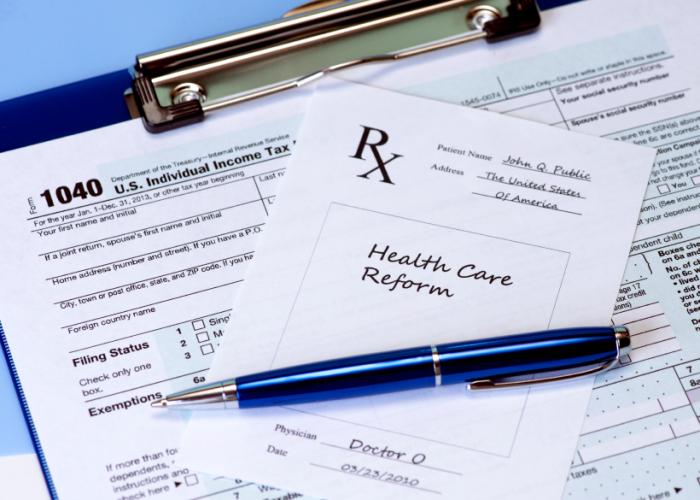Affordable Care Act: insurance coverage has improved for young adults
 Researchers analyzing the impact of the Patient Protection and
Affordable Care Act have found that it has led to increased health
insurance coverage among young adults aged 19-25. This increase has not
been linked, however, with any significant changes in health care
affordability or health status.
Researchers analyzing the impact of the Patient Protection and
Affordable Care Act have found that it has led to increased health
insurance coverage among young adults aged 19-25. This increase has not
been linked, however, with any significant changes in health care
affordability or health status.
The study, published in the journal JAMA Pediatrics, evaluated individuals' health, access to care and use of health care both before and after the implementation of the Patient Protection and Affordable Care Act (PPACA).
The PPACA was implemented in September 2010, and part of its mandate was that insurance companies had to allow adults younger than 26 years of age to remain covered by their parents' health insurance policy.
Prior to this change, the authors report that nearly 1 in 3 young adults aged 19-25 lacked any form of health insurance provision. Since then, the percentage of uninsured Americans fell in 2011 - a decrease attributed in part to the expansion of insurance coverage among this age group.
While many have presumed that increased insurance coverage leads to positive health outcomes for the population, the impact of the PPACA on the health of young adults and their access to health care is unknown.
A team of researchers from the University of Washington in Seattle, led by Dr. Meera Kotagal, analyzed data from two nationally representative surveys in order to better assess the influence of the PPACA on the access to care and health of young adults aged 19-25.
Increased coverage
The researchers used data from the National Health Interview Survey (NHIS) and the Behavioral Risk Factor Surveillance System (BRFSS), comparing results data from 2009 with data from 2012. From these surveys, the researchers compared a cohort of young adults (19-25 years) with an older group (26-34 years).
The authors found that between 2009 and 2012, health insurance coverage for the 19- to 25-year-olds increased from 68.3% to 77.8%. For the 26- to 34-year-old cohort, coverage fell from 77.8% to 70.3%.
The researchers found that there was an overall decline in the likelihood of having a usual source of health care, but this decline was more pronounced in the 26- to 34-year-old participants.
From 2009 and 2012, there was very little change in health status between the two cohorts. The number of participants who reported receiving a routine checkup in the past year and being able to afford dental care, medicine and physician visits did not change significantly in either age group.
The study also found that individuals with health insurance coverage were more likely than those without to have a usual source of care, get routine checkups and flu shots and to be able to afford various forms of health care, such as dental care and prescription medication.
Important to 'address access and quality'
The authors state that their study "confirms that health care coverage for young adults has increased but that young adults do not report improved health status, affordability of health care, or use of flu vaccinations compared with their older counterparts."
The study is limited in that all of the data from the NHIS and BRFSS were self-reported and therefore may not accurately reflect the health of the participants. The researchers also question whether the comparison group of 26- to 34-year-olds was the most apt for the study.
"Understanding the PPACA's full impact on young adults may require focus on those who consume more health care, such as those with chronic disease," say the authors.
The finding that increased coverage has not resulted in improved health status for young adults aged 19-25 years leads the authors to conclude that "health policy must continue to address access and quality in addition to coverage."
Source "http://www.medicalnewstoday.com




















Post a Comment
ما رأيك ..... شاركنا الرأي